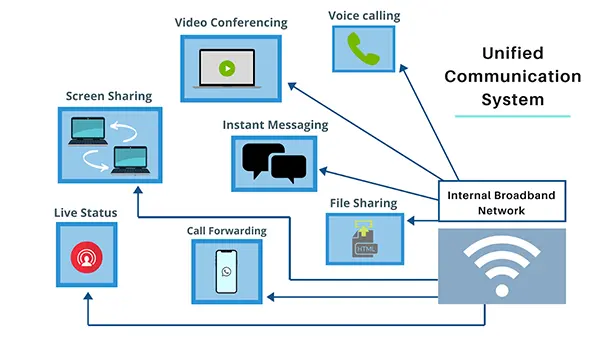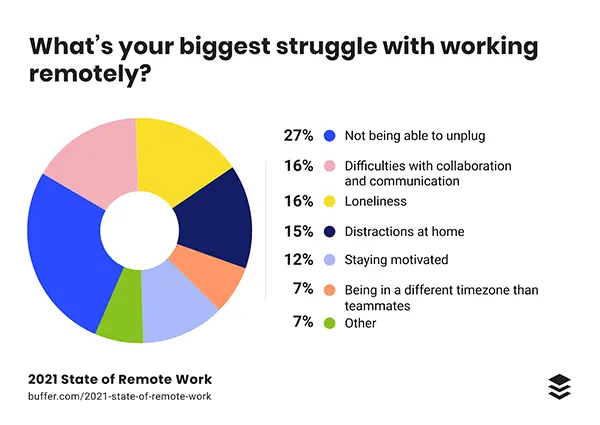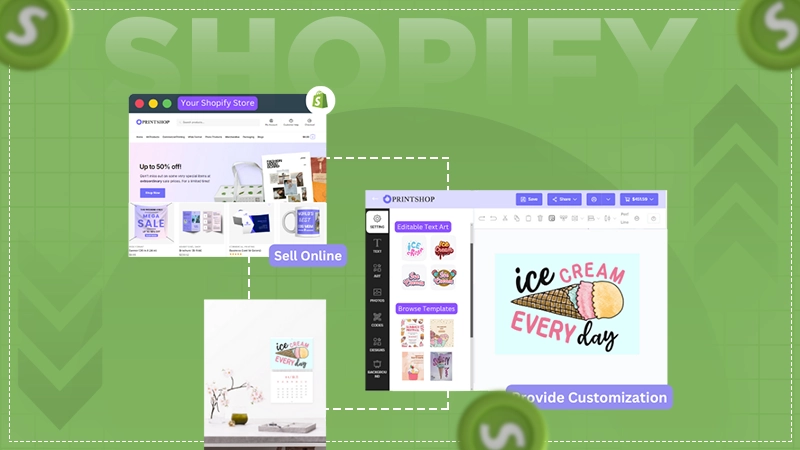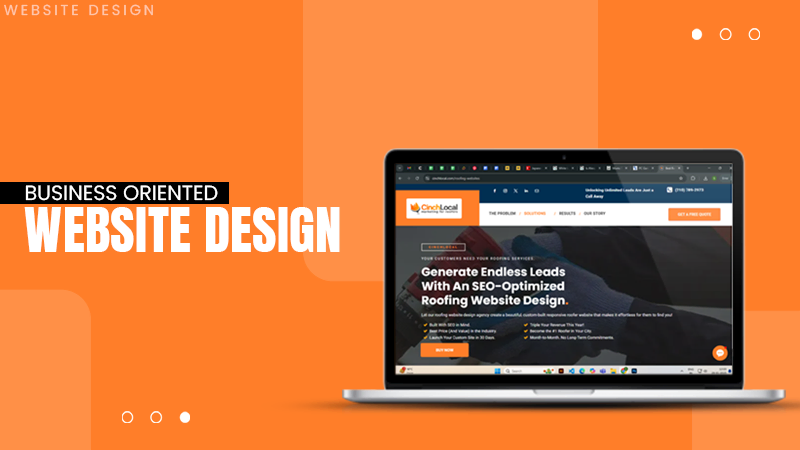The Impact Of Digital Communication Tools On Business Efficiency
“Two things can destroy any relationship, unrealistic expectations and poor communication.”
According to the PMI pulse of the professional report, communicating effectively in the workplace is an indispensable factor in determining the failure or success of a project. One in every five projects fails because of poor communication, either between teammates or project managers.
Whether it’s personal or professional, communications play a vital role in our everyday lives Digital communications tools are a broad label given to apps, software, and online portals that allow remote teams to work and collaborate no matter where they are.
In this read, we will discuss The impact of digital communication tools on business efficiency and their key role in navigating the modern corporate environment.
Historical Perspective
The digital evolution in the field of business has highlighted the importance of digital communication and how it can help businesses stay competitive in the market. From the traditional postal system to the age of the internet where instant messaging and video conferencing brought real-time, global collaboration to the front.
Social media platforms played a vital role in accelerating communication speed, enabling business telecoms to connect with the broader audience instantly.
With the influx of information and technological advancement, people are prone to use different means of communication to increase productivity. The advent of new technologies like Argumentative Reality (AR), Artificial Intelligence (AI), and Machine Learning are innovating new technological tools for sharing and content marketing.
Enhancing Business Efficiency

Not using efficient business communication tools in a workplace is like using a typewriter when your competitor is equipped with an IMAC.
An efficient digital communication tool doubles your productivity and enhances business efficiency by sharing information quickly and automating repetitive tasks leaving you more time for completing the task. For instance, instant messaging enables quicker response to queries, and video conferencing technology eliminates geographical barriers, saving both your time and resources.
Digital communication tools reduce the chances of any miscommunication and boost decision-making. In addition to these benefits, it facilitates a more inclusive work environment and enables a strong relationship among team members with different skills and abilities promoting diversity and innovation.
Did You Know?
As of 2023, 12.7% of full-time employees work from home, while 28.2% work a hybrid model.
Cost-Effectiveness
Traditional communication methods, involving the postal system and extensive travel often lead to high expenditures, and therefore adopting advanced digital communication technologies in a workplace is a cost-effective strategy, leaving resources for important stuff.
It not only reduces the use of resources but also saves you time. For example, Video conferencing decreases financial cost, time, and energy expenditure. These tools work as a boon for small businesses with a limited budget to fuel their communication needs.
Remote Work And Global Collaboration

Due to the unfortunate event of the covid-19, as the world went into lockdown, this increased the dependency on digital communication mediums, and we witnessed a stark rise in digital conferences, virtual meetings, and other online communication modes. These tools bridge vast geographical distances, enabling teams from different corners of the globe to work together with unprecedented ease.
On top of that, digital communication tools provide flexible work schedules and enhance the work-life balance. This shift towards digital connectedness has extended to environmental benefits as well, with reduced travel contributing to lower carbon footprints. It also broadens the scope of hiring diverse talent from different parts of the world.
Challenges And Limitations
No doubt, embedding digital communication tools in a workplace brings a lot of benefits, but it also comes with a cost, presenting several challenges and limitations. One of its drawbacks is cybersecurity risk, as increased digital interaction often amplifies the potential of sensible and accessible data breaches. And it also comes with connectivity issues, which can disrupt communication and further business misunderstandings.
Another drawback of using a digital communication tool is information overload; it can affect the decision-making ability of an employee in prioritizing assignments. It can also affect personal connection which can impact team dynamics and understanding.
Thus balancing the advantage of using digital tools while managing their inherent risk is a comprehensive strategy. This includes preserving human elements in communication and ensuring secure, effective data management.
Did You Know?
98% of workers want to work remotely at least some of the time.
Future Trends And Predictions
With the evolution of Argumentative Reality (AR), Artificial Intelligence (AI), and machine learning, The future of digital communication tools is heading towards groundbreaking developments.
Imagine a tailored solution for your communication needs and AI scheduling meetings and filtering essential emails for you, enhancing productivity. Virtual and augmented reality technologies are set to redefine remote interactions, offering immersive experiences akin to in-person meetings.
For example, a virtual reality meeting space where participants feel physically present with each other, breaking down current virtual communication barriers and establishing a standout workplace environment.
In Summary
To conclude, effective communication is indeed important for business efficiency; it also helps in establishing a more workers-friendly environment, further increasing individual productivity. These tools have shifted the digital momentum, making operations more efficient, cost-effective, and globally connected.
The strategic management of cybersecurity risks can yield immense benefits making your system more secure and foolproof.








